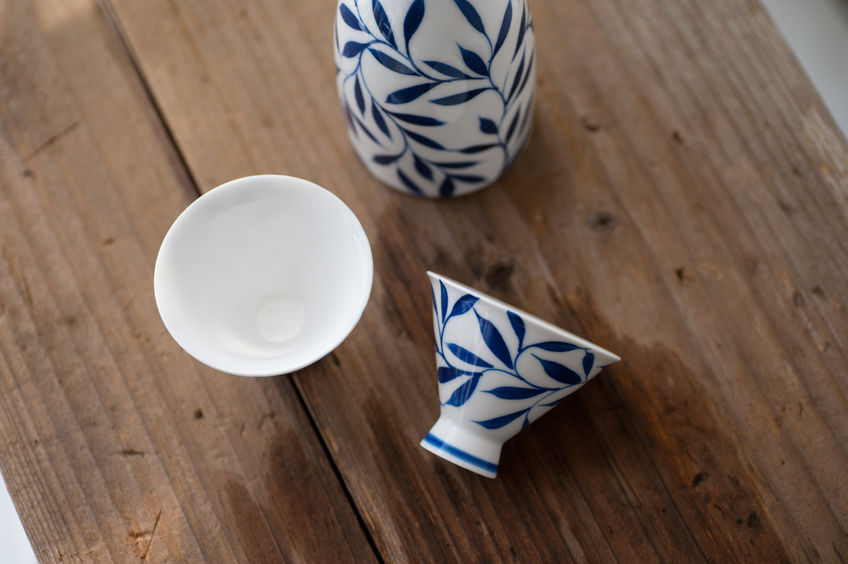Podcast: Play in new window | Download
Hey, What’s under there???
Underglaze Podcast
WHAT IS IT?
To an outsider of the ceramic world, I would describe it as a pigment you put on clay that acts more like paint then glaze, and a transparent glaze then would go on top of it.
To someone who had maybe a deeper grasp of the medium, underglazes would be described originally as colored slip. Meaning watered down clay with colorants added. They would be very dry formulas with no additional frit. The frit is the flux that is what allows the material to melt. So the original underglazes we very dry/rough needing a clear glaze over to finish them. Those underglazes needed to be added to the piece while it was wet/leather hard. The shrinkage would cause issues if put on bisque-ware and even bone-dry.
Now Underglazes have been manufactured to account for such issues.
As example, underglaze by Duncan Concepts is specifically designed for bisque. Their other underglazes all work on greenware, but only some colors also work on bisque. Spectrum Underglazes can be applied to greenware or bisque. Amaco GDC’s can be used as underglazes or glazes, so they have silica and should be applied to bisque. But their Velvets and LUG underglazes can be applied to greenware or bisque.
Some of these underglazes have enough “melt” that they are somewhat shiny and don’t require a clear glaze. But you can put a clear glaze on any of them. .- BigCeramicStore.com
WHEN?
This question is kinda answered by what brand you go with, but most commercial underglazes can be applied at multiple stages. The advantage of applying at leather hard is that any mistakes can be carved away. Although you can use underglaze at the bone dry stage, you have to be careful as water added can cause cracking issues in clay. An additional pro to being able to put the colorant on and complete a bisque firing is that you can see if any additional underglaze or changes need to be made before adding a clear glaze to complete the piece. Also you will not have to worry about the underglaze smudging or smearing when completing your glaze layer.
Some underglazes can be used over a glaze for majolica style finish.
WHY USE IT?
Under glazes are Used To give the desired color when they are covered over with a transparent glaze
Resist the blurring, fusion, or running which is apt to occur when a glaze melts and flows over them
Brush on easily, which requires that they be finely ground.
Commercial made to ensure
Uniformity
HOW DO YOU USE IT?
Typically it is to be used much like paint.
Unlike Glaze;
You can mix it with other colors or made into a wash to tone down the color
The colors are fairly represented as what the outcome will look like
It can go on at mostly any stage depending on the brand
It won’t flow as it is fired. It is stable and wont run so designs will stay put
An Artist that is hugely successful with underglazes is Nikki Mizak
Before we conclude about this amazing product on the market, a review with all positives and possibilities is not fair.
A few Cons would be:
Cost:- Because of the high costs of oxides and colorants underglaze formulas can be costly which means retail prices can be expensive. For this reason, it is important to use the product for what it is made for and not full coverage.
Incompatibility: Its important to make sure that your underglaze is compatible with your clay and your glaze that you put over it. Sometime the amount of oxides in an underglaze can repel the fusion of glaze to a piece and it might cause some glaze defects as shivering and crawling.
Burn out: It is important that you conduct tests with the underglazes and your firing temperature. Some oxides and colorants burn out at certain temperatures. If you have a certain color pallet in mind, you need to check to see if your colors stay true or fade. You will also want to check to see if your clear glaze has an effect on the underglazes. Some may contain zinc and this can alter the results of the underglaze’s coloring.



